[Mobility Inside] The Power of the Cloud in the Automotive Industry

For most, the ‘cloud’ is already a very familiar term, with many of us already using its services every single day. Referring to the software and services that run on the Internet, the cloud lets you save files on a server that can be accessed from anywhere. Unlike the files saved directly to your computer or smartphone, files on the cloud can be seen, downloaded and modified on any device that has Internet connection.

Cloud technology is not just for the office either, as the cutting-edge solution is being applied to various industries. Let’s see how the cloud is changing the automotive sector for the better.
Autonomous Cars and the Cloud
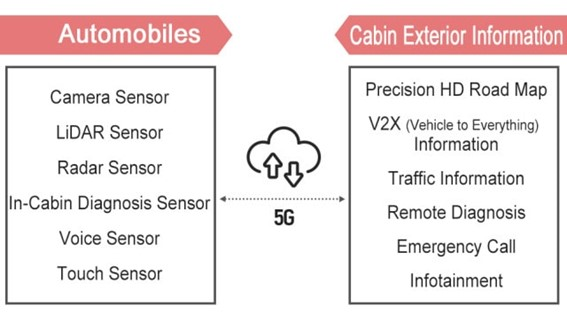
Since the autonomous vehicles of tomorrow won’t require a human behind the wheel, they must instantly recognize a great deal of information including locations, lanes, traffic signals and roads that are new or under construction. And to avoid any traffic accidents and ensure passengers’ safety, this information must be constantly updated and available in real-time.
Autonomous cars must also acquire location-based infotainment service content to maximize the driver’s convenience, such as providing the locations of nearby parking lots, low-price gas stations, rechargeable electric vehicle charging stations and restaurants.
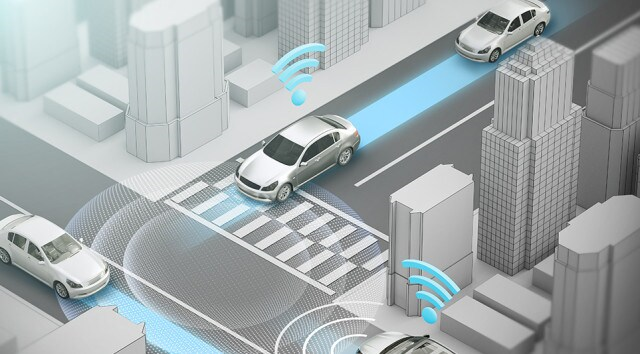
But where will autonomous vehicles get all this information from? The answer is a three-dimensional digital high-precision road map shared through the power of the cloud.
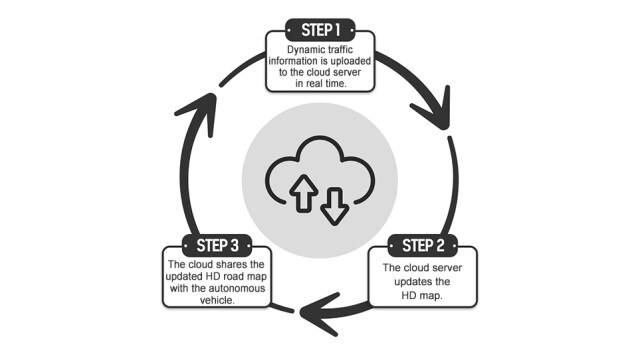
To make autonomous driving possible, constantly-changing road conditions are shared in real-time, new information is then reflected in the high-precision road map and, finally, the updated road map is transmitted to the vehicle, all via the cloud. All three steps must be done swiftly, accurately and in real-time for self-driving cars to be a viable option, and the cloud must be stable enough to handle a never-ending stream of high-definition data.
Smart City and the Cloud

Going beyond the implementation of autonomous vehicles, smart cities also depend on the cloud to connect to other parts of the country and the world. In general, the further the distance between a device and the cloud, the slower its responsiveness and processing speed. However, if more and more devices are situated closer to the cloud, communication speed and accuracy can be significantly improved. This is known as edge computing, which places computing resources closer to data sources to speed up insights and response times while enhancing bandwidth availability.
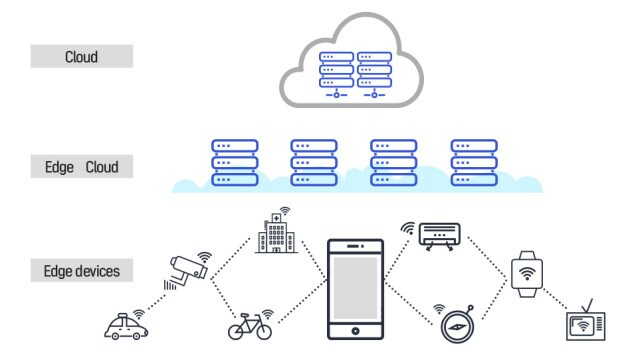
Take a smart city’s autonomous vehicles for example. Autonomous cars must be able to accelerate, brake and make intelligent decisions in a split-second. If data, which is gathered minute by minute, is sent to a cloud server far away, a vehicle may have to wait too long to receive the information, making the process inefficient while increasing the risk of accidents. To resolve this issue, edge computing distributes data across multiple smaller edge clouds as to better handle the vast amounts of data.
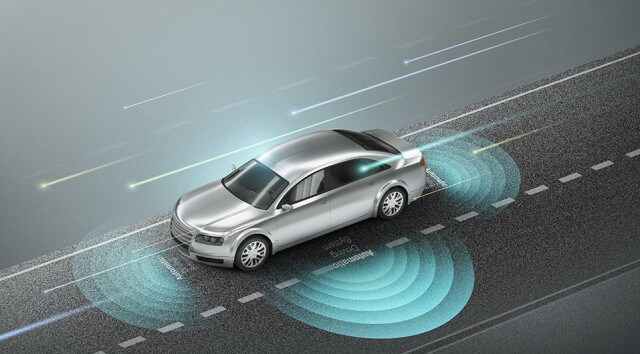
Edge computing for autonomous vehicles utilizes the car’s sensors to gather data needed to measure the distance between other vehicles, which then allows it to adjust the distance, change lanes and recognize traffic signals accordingly. And in this case, the more autonomous vehicles on the road the better as self-driving cars share traffic information in the edge cloud in real time to avoid traffic jams and accidents.
LG and the Cloud
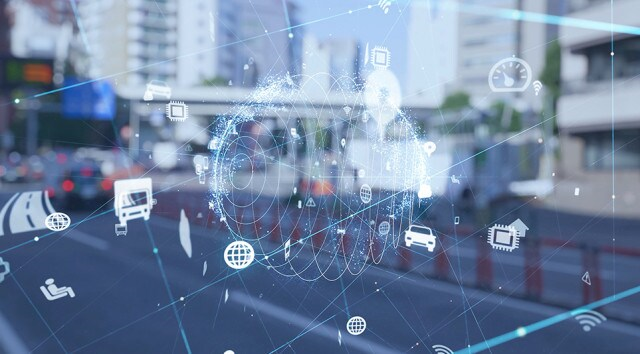
From cars, robots and drones to the flying cars of the future, if it’s an autonomous machine, then the cloud always has a part to play. In the case of autonomous driving, the precise mapping and driving information stored on the cloud may become even more important than the human eye.
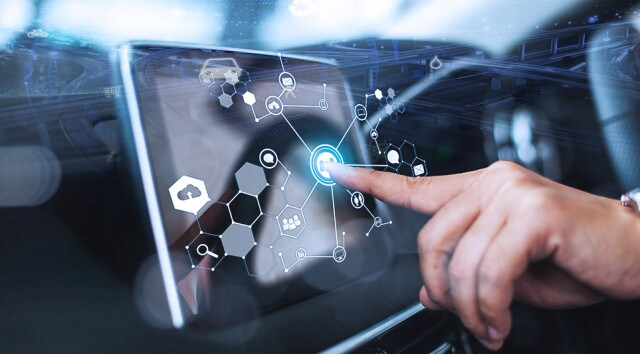
LG is already applying the cloud to its autonomous car parts, autonomous robots and smart home entertainment devices. To develop top-class electric vehicle (EV) component solutions, including autonomous car parts, telematics, cockpits as well as audio, video and navigation (AVN) systems, LG is combining its cloud, connectivity and location-based technologies. With the data it collects from autonomous cars, consumer electronics and Internet of Things (IoT) devices, LG can improve its products and services through the cloud.
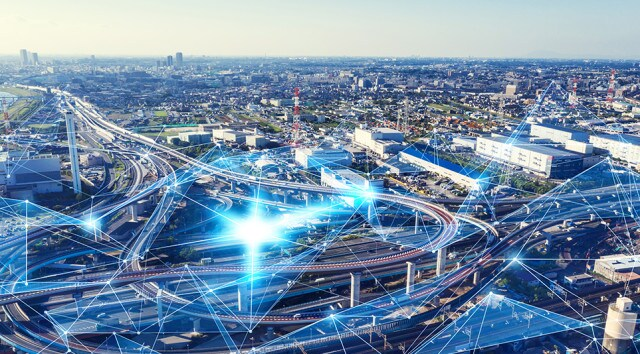
In the not-too-distant future, every single product and service the world over will support Wi-Fi and be able to connect to the cloud. Cloud computing is here to stay and will become an essential technology for companies like LG to adopt to create constantly evolving products and services.
# # #
